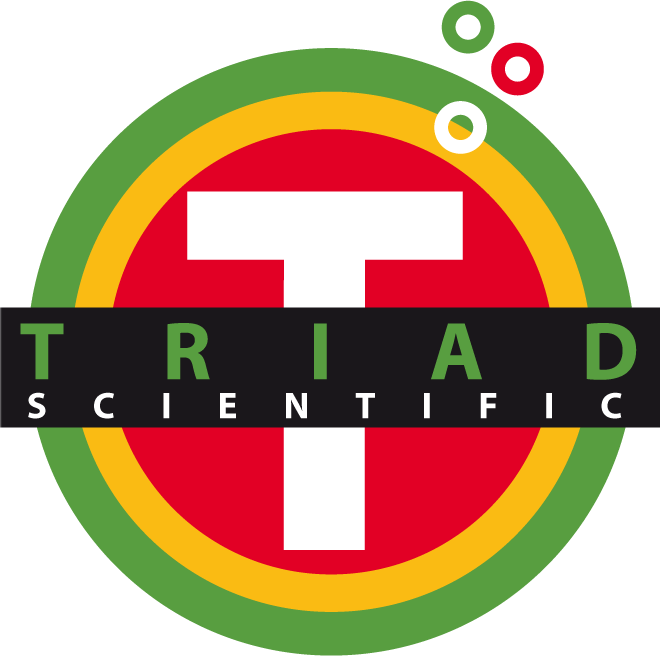A range of microscopes for all applications
Krüss offers two ranges of Microscopes for the Biology Laboratory.
The MBL3200 is a professional inverse microscope, for identification and analysis of biological substances and cultures, includes mirror reflex and video camera connection via photo and C-mount video adapter. The MBL3300 is the professional metallurgical microscope, for the identification and analysis of steel connections and other metals, suited for laboratories and industrial use (applications such as determining quality, raw material anlaysis and control of metal structures after heat treatment). It has a photo tube for connection to a camera or video camera.
MBL2000 microscopes are a range of robust, standard, multi-purpose binocular/trinoocular microscopes for medical and biological examinations in laboratories and education. This series has a binocular optical head with angled view and eye distance adjustment, with a dioptre compensation scale and allows coarse/fine modes to be set, it also is expandable to phase contrast features, and has graduated XY cross tables with coaxial operation.![]() Download the brochure on the MBL2000 range here.
Download the brochure on the MBL2000 range here.
The compact and cost-effective MML series monocular microscope, is designed for basic educational and laboratory applications, the ideal tool for introducing microscopy. All MML devices are provided with a 45 degree angled ocular head, and a 360 degree rotating optical head, together with a coarse/fine mode and built-in light source.
For prices and availability information on Microscopes for the Biology Laboratory, please contact your nearest Krüss distributor, who will be delighted to help.
![]() For full technical specifications, please download the microscopes range brochure here.
For full technical specifications, please download the microscopes range brochure here.

How does Koehler illumination work?
If quality optics are an essential ingredient of modern microscopy, sample illumination is another key part of the recipe for success. It doesnât matter how well constructed the instrument is, or how well prepared the sample, if the illumination of the subject fails to deliver a bright, crisp image without shadows, glare, or other artefacts.
In early microscopes, one recurrent problem was that the optical system would create an image of the lamp filament, as well as the sample, in the microscopistâs eye. The immediate solution, of using a pearlised or frosted filter or diffuser to mask the image of the filament, creates its own set of problems â reducing the quality and intensity of the light falling on the sample and skewing the spectrum.
The approach pioneered by August Koehler in the late 19th century, and still almost universally employed today, creates an image of the lamp filament focussed by the condenser optics onto the plane of the aperture diaphragm. This means that rays from the filament are parallel as they pass through the sample, and brought to a focus inside the optical path but not in the same plane as the all-important sample image. It is a simple technique, but ingenious in controlling the focus of lamp and subject separately.
Koehler illumination has been a mainstay of light microscopy for over a century, providing maximum illumination on the subject being viewed without distorting the spectrum of white light or creating shadows or glare.






